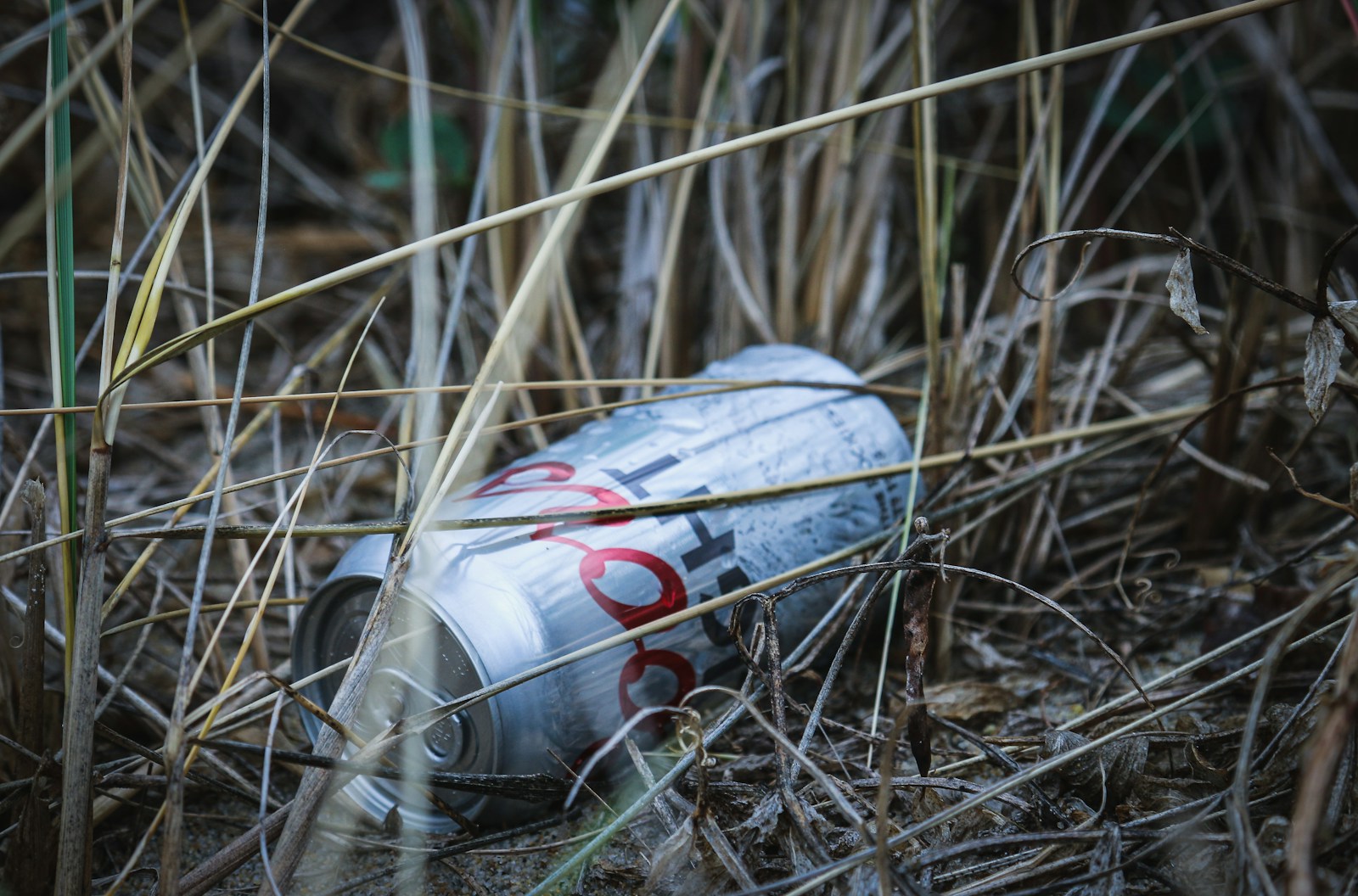In the tranquil settings of our public parks and natural spaces, a silent crisis unfolds daily as discarded wrappers, bottles, and food containers accumulate. While the aesthetic impact of litter is immediately apparent to human visitors, the behavioral consequences for wildlife are far more profound and concerning. Animals that call these spaces home must navigate an increasingly unnatural landscape filled with human debris, leading to significant and sometimes irreversible changes in their behavior. From altered feeding patterns to increased human-wildlife conflicts, the ripple effects of our careless waste disposal extend deep into the ecological community. This article explores the multifaceted ways in which littering disrupts the natural behaviors of park animals, creating cascading effects throughout these delicate ecosystems.
The False Sense of Food Abundance

When park visitors leave behind food scraps or improperly dispose of food-related waste, they inadvertently create an artificial food supply that wildlife quickly learns to exploit. This seemingly abundant food source disrupts natural foraging behaviors as animals begin to associate human presence with easy meals. Squirrels, birds, and raccoons that once spent hours searching for nuts, seeds, or insects may now spend significant time monitoring picnic areas or trash bins. Over time, this behavioral shift can lead to dependency on human food sources, diminishing these animals’ natural foraging skills and altering their ecological role within the park ecosystem. The resulting population dynamics can become severely imbalanced, with certain opportunistic species thriving while others struggle to compete in this altered environment.
Dietary Changes and Health Consequences
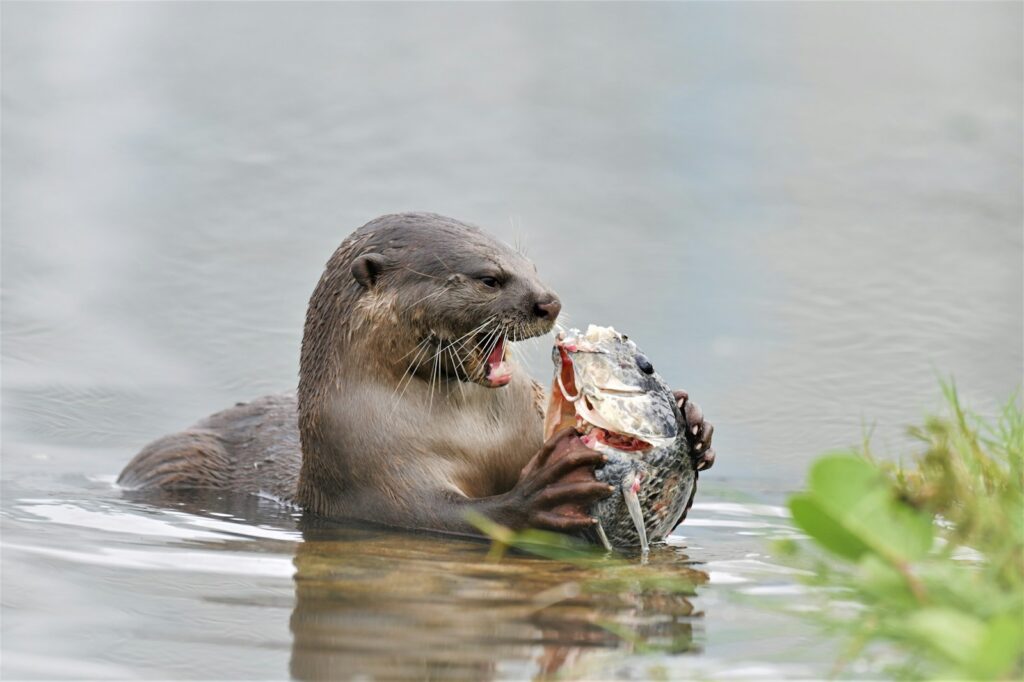
Animals that consume human food waste frequently suffer significant health consequences that further alter their behavior. Processed foods high in salt, sugar, and preservatives can cause nutritional imbalances and digestive issues in wildlife not evolved to process such substances. Park rangers commonly observe animals with obesity, dental problems, and metabolic disorders directly attributable to human food consumption. These health issues affect energy levels, reproductive capacity, and longevity, causing animals to behave differently than their healthy counterparts. For example, raccoons with poor nutrition may become more lethargic or desperate in their foraging attempts, while birds with compromised immune systems might display reduced territorial behavior or altered migration patterns. The behavioral ripple effects of these dietary changes can persist for generations, reshaping entire wildlife communities within affected park areas.
Habituation to Human Presence
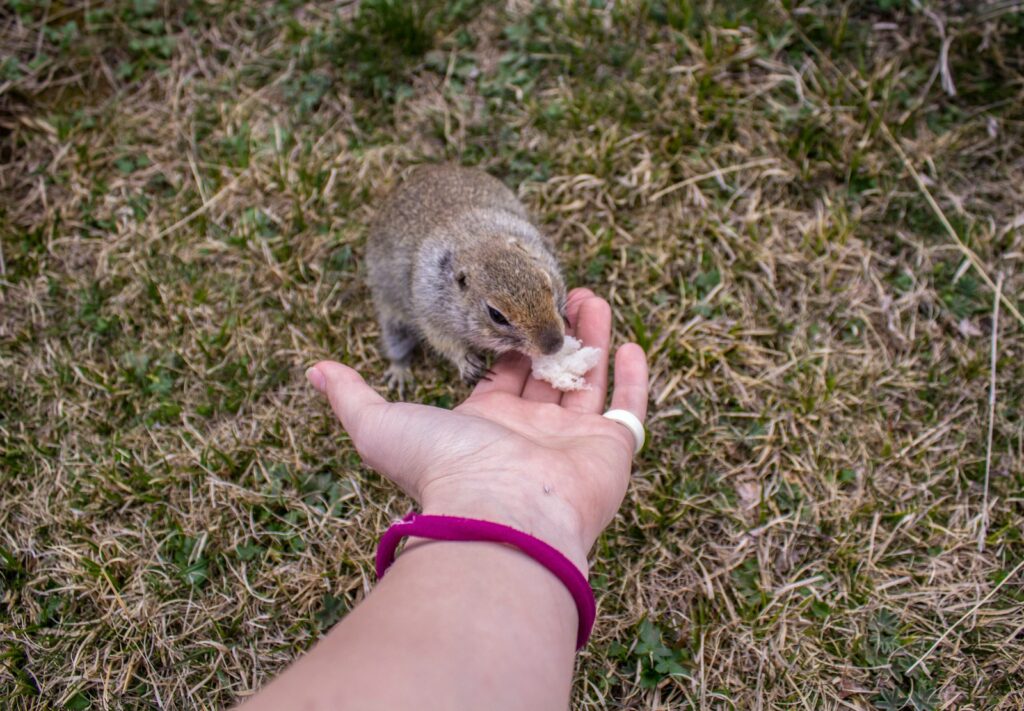
One of the most concerning behavioral changes resulting from littering is wildlife habituation to human presence. Animals that regularly find food in human waste gradually lose their natural wariness of people, leading to potentially dangerous interactions. Species like coyotes, bears, and deer that should maintain a healthy distance from humans may instead approach visitors or residential areas adjacent to parks. This habituation fundamentally alters their natural behavior patterns and survival strategies, making them more vulnerable to vehicle collisions, hunting, or euthanasia when deemed a threat to public safety. Research shows that in parks with high littering rates, wild animals display significantly reduced flight distances when approached by humans compared to those in pristine environments, indicating a fundamental shift in their perception of human threats.
Altered Territorial Behaviors

Littering significantly impacts how park animals establish and defend territories, a critical aspect of wildlife behavior. When concentrated food resources appear around frequently littered areas, natural territorial boundaries may shift as animals compete for access to these artificial bonanzas. Species that would normally maintain specific territory sizes based on natural resource distribution may crowd into smaller areas near reliable human waste sources. This concentration can lead to increased aggressive encounters between competing individuals or groups, disrupting natural social hierarchies. Park studies have documented higher rates of intraspecies conflict in areas with substantial littering compared to less disturbed sections. For some species, these territorial disruptions can affect mating opportunities, nesting site selection, and ultimately reproductive success, creating long-term population implications.
Disruption of Natural Foraging Patterns
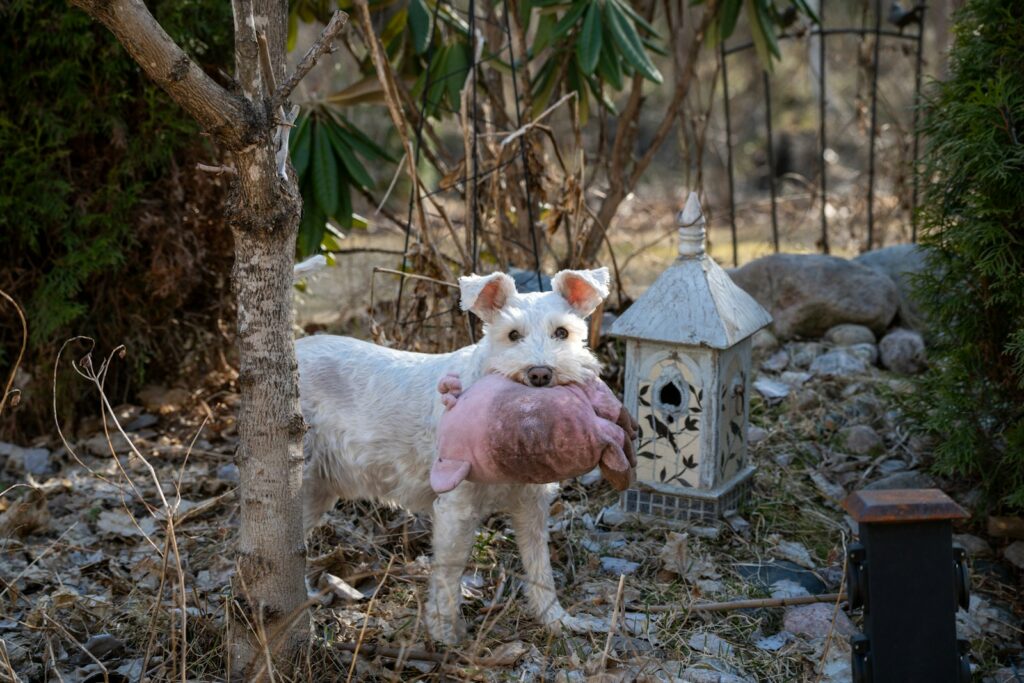
Beyond simple dependency, littering fundamentally alters the spatial and temporal patterns of animal foraging behavior. Wildlife adapted to search for food throughout their habitat may instead concentrate their activities near trash cans, picnic areas, or parking lots where human food waste accumulates. This behavior shift can create ecological “dead zones” in parts of parks where animals no longer fulfill their natural roles as seed dispersers, insect controllers, or small prey managers. The timing of foraging also changes, with many species shifting to peak human visitation hours rather than their evolutionarily optimal feeding times. For nocturnal animals that begin foraging during daylight to access human food waste, this disruption to their circadian rhythms can increase their vulnerability to predation and reduce their overall fitness. These altered movement patterns ripple through the ecosystem, affecting plant regeneration, insect populations, and nutrient cycling.
Physical Dangers and Behavioral Adaptations

Littered items pose direct physical threats that force wildlife to develop behavioral adaptations for survival. Animals frequently become entangled in plastic rings, fishing line, or other debris, limiting their mobility and changing how they move through their environment. Birds with restricted flight capabilities due to entanglement must modify their feeding strategies and predator avoidance behaviors. Small mammals navigating areas strewn with broken glass or sharp metal may develop altered movement patterns to avoid injury. Park biologists have observed animals developing specific behavioral responses to dangerous litter, such as deer avoiding areas with glass fragments or turtles learning to circumnavigate concentrations of fishing line in waterways. These adaptations represent significant deviations from natural behavior patterns and often come with energy costs that affect overall fitness and survival rates.
Nest Building and Den Selection Impacts
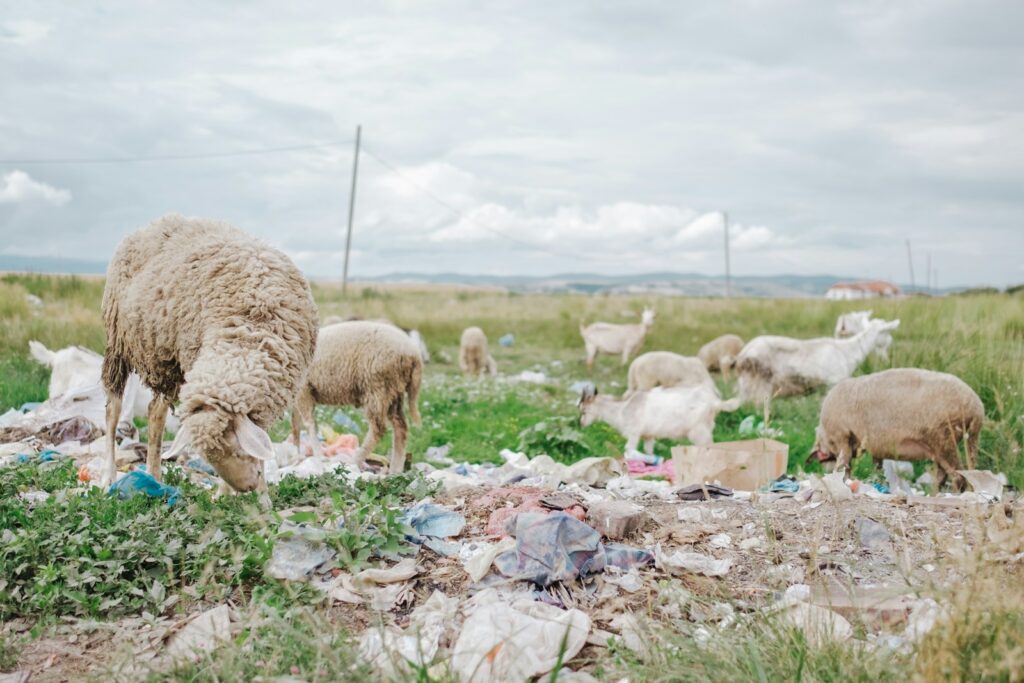
Littering influences crucial reproductive behaviors including nest building and den selection among park wildlife. Some birds incorporate plastic strips, cigarette filters, and other human debris into their nests, creating structures with poor insulation properties or potential toxicity for hatchlings. Researchers have documented higher nestling mortality in areas with heavy littering, where inappropriate nesting materials lead to structural failures or chemical exposure. Meanwhile, burrowing animals may avoid areas with substantial subsurface trash, limiting their denning options and potentially forcing them into less optimal territories. The quality of these reproductive shelters directly affects offspring survival, and behavioral changes in this domain can have generational consequences. In several documented cases, entire breeding colonies have abandoned traditional nesting grounds after litter accumulation reached critical levels, demonstrating how profoundly these behavioral changes can reshape wildlife distribution.
Microplastic Exposure and Subtle Behavioral Changes
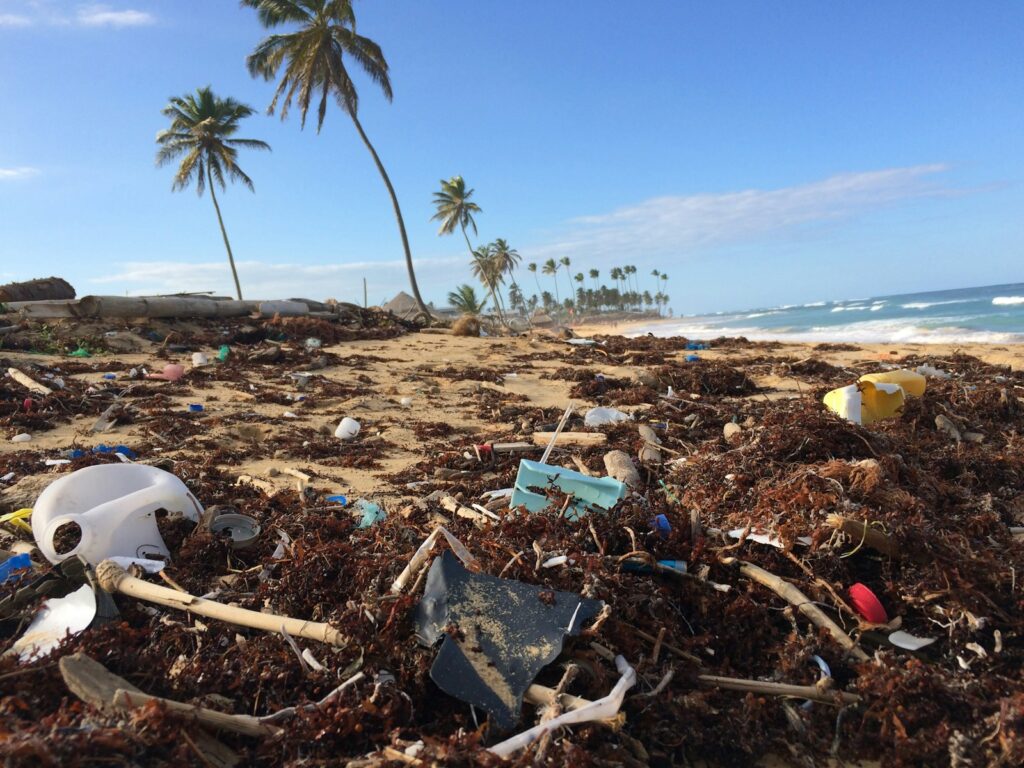
Emerging research reveals that microplastics from degrading litter create subtle but significant behavioral changes in park wildlife. As plastic items break down, they release tiny particles that contaminate soil, water, and vegetation throughout park ecosystems. Animals consuming these particles may experience neurological effects that alter decision-making, predator response times, and even mating behaviors. Studies with park-dwelling fish species show altered swimming patterns and reduced predator avoidance capabilities in individuals with high microplastic loads. Terrestrial animals exposed to these contaminants through their food or water sources may display reduced cognitive function affecting their ability to navigate, remember food cache locations, or perform complex social behaviors. These subtle behavioral changes often go unnoticed by casual observers but can fundamentally undermine an animal’s ability to survive and reproduce in its environment.
Nighttime Activity Pattern Shifts
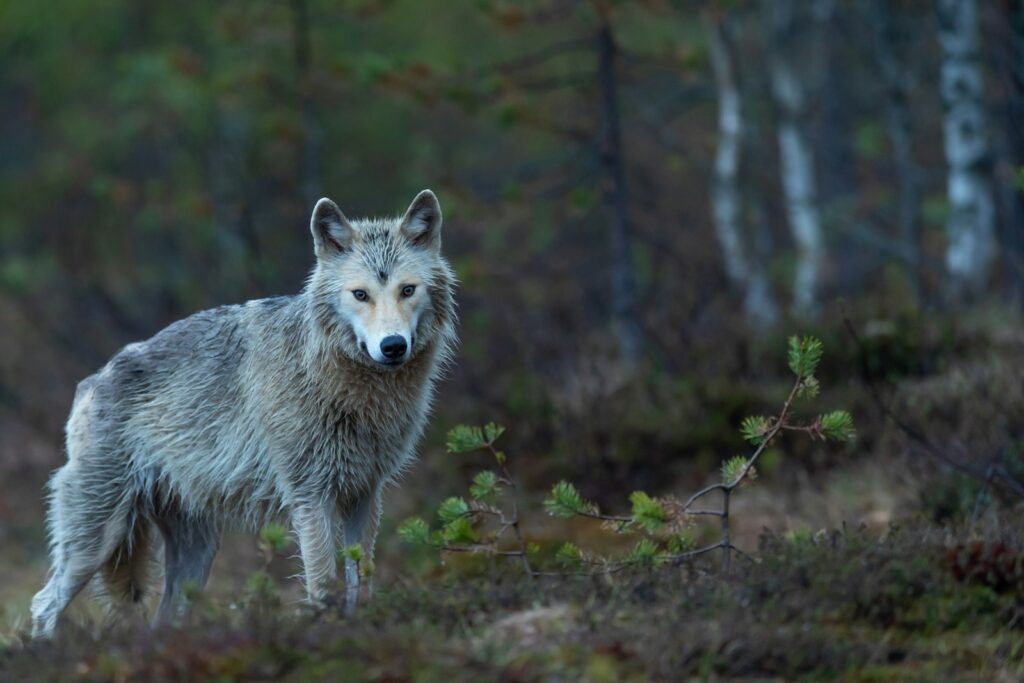
Littering contributes to significant shifts in the timing of wildlife activity, particularly encouraging abnormal nighttime behaviors. Animals seeking to avoid human confrontations while still accessing food waste often become more nocturnal, even if the species is naturally diurnal. This temporal shift places these animals in competition with naturally nocturnal species and exposes them to unfamiliar predators or environmental conditions they’re not adapted to navigate. Nocturnal feeding on human waste also increases artificial light exposure from park facilities or nearby urban development, which can disrupt hormonal cycles and reproductive timing. Research using motion-activated cameras reveals that in heavily littered parks, traditionally daytime species like squirrels and chipmunks show up to 60% more nighttime activity compared to cleaner park sections. These dramatic changes to activity cycles represent fundamental disruptions to evolved behavioral patterns that have developed over evolutionary timescales.
Juvenile Learning and Behavioral Development
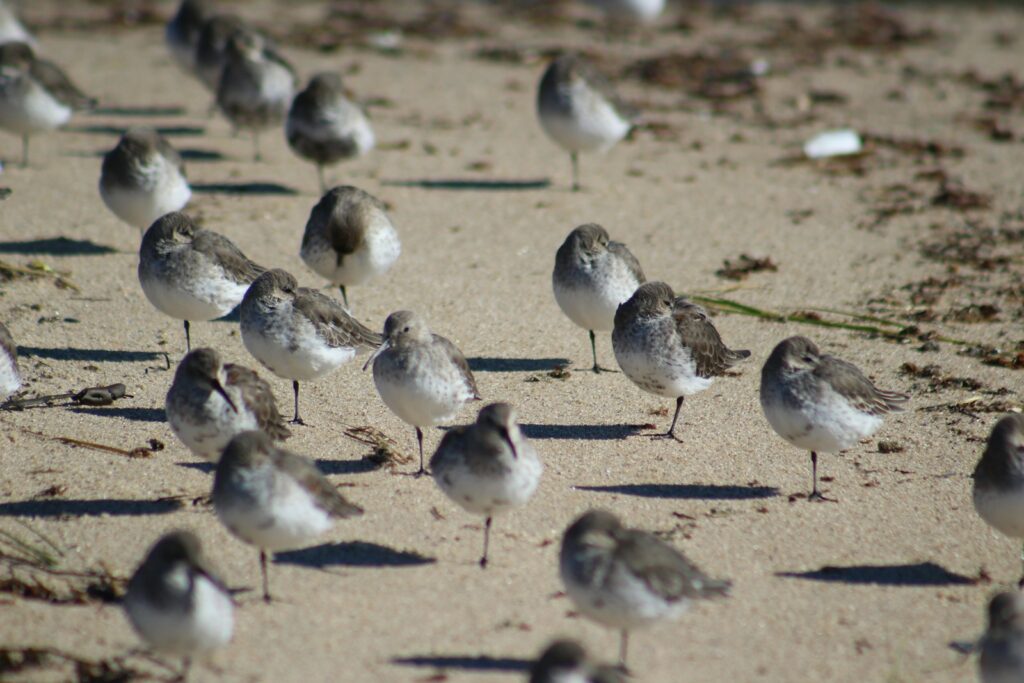
Perhaps most concerning are the intergenerational behavioral impacts as young animals learn abnormal behaviors from parents adapted to human litter. Juvenile animals develop critical survival skills through observation and parental guidance, but in littered environments, they may learn maladaptive behaviors that persist throughout their lives. Young raccoons taught to raid trash cans rather than forage naturally may never develop proper hunting techniques. Fledgling birds raised on human food scraps may fail to learn crucial seed identification or insect-catching skills. Wildlife biologists have documented cases where entire family groups of coyotes or foxes display specialized trash-raiding behaviors passed down through multiple generations, indicating these behavioral adaptations have become culturally transmitted. This phenomenon creates a concerning feedback loop where each generation becomes increasingly dependent on human waste and less capable of surviving on natural resources if human food sources disappear.
Water Source Contamination and Drinking Behavior

Littering near or within park water bodies significantly alters how wildlife interacts with these essential resources. Animals naturally drawn to streams, ponds, and lakes for hydration must navigate floating debris, chemical leachates, and sometimes dangerous submerged objects. This contamination can lead to behavioral avoidance of traditional water sources, forcing wildlife to travel farther or use less optimal drinking locations. Researchers tracking deer movements in littered parks observed individuals bypassing convenient but trash-contaminated water sources in favor of more distant, cleaner options, increasing their energy expenditure and predation risk. Amphibious species may abandon breeding pools contaminated with litter, disrupting reproduction cycles that have occurred in the same locations for decades. These altered hydration patterns can concentrate wildlife around fewer clean water sources, intensifying competition and disease transmission risks as multiple species crowd together at remaining pristine water access points.
Collective Solutions and Behavioral Restoration

Addressing the behavioral impacts of littering requires comprehensive approaches that can gradually restore more natural wildlife behavior patterns. Park management strategies that combine enhanced waste infrastructure, educational initiatives, and habitat restoration show the most promising results in reversing behavioral changes. Strategic placement of wildlife-proof trash receptacles, increased maintenance schedules in high-use areas, and clear visitor messaging can dramatically reduce wildlife access to human waste. Some parks have successfully implemented “wildlife restoration zones” where littering enforcement is stringent and natural food sources are enhanced through native planting, gradually encouraging animals to return to natural foraging behaviors. Community science programs that engage visitors in monitoring wildlife behavior changes can simultaneously raise awareness and gather valuable data on recovery progress. Research indicates that with consistent waste management improvements, some wildlife species can begin showing more natural behavioral patterns within just a few seasons, though complete recovery may take years or even decades.
Conclusion

The seemingly small act of littering in parks creates profound ripple effects throughout wildlife communities, fundamentally altering behaviors that have evolved over thousands of years. From disrupted foraging patterns and territorial behaviors to intergenerational learning of maladaptive survival strategies, these impacts extend far beyond mere aesthetic concerns. As park visitors, we possess both the responsibility for this problem and the power to address it. By understanding how our waste disposal choices directly influence wildlife behavior, we can make more conscious decisions that help preserve the natural behavioral ecology of these shared spaces. Through combined efforts of proper waste management, education, and habitat restoration, we can work toward parks where animals behave as nature intended rather than as our littering habits have forced them to adapt.

